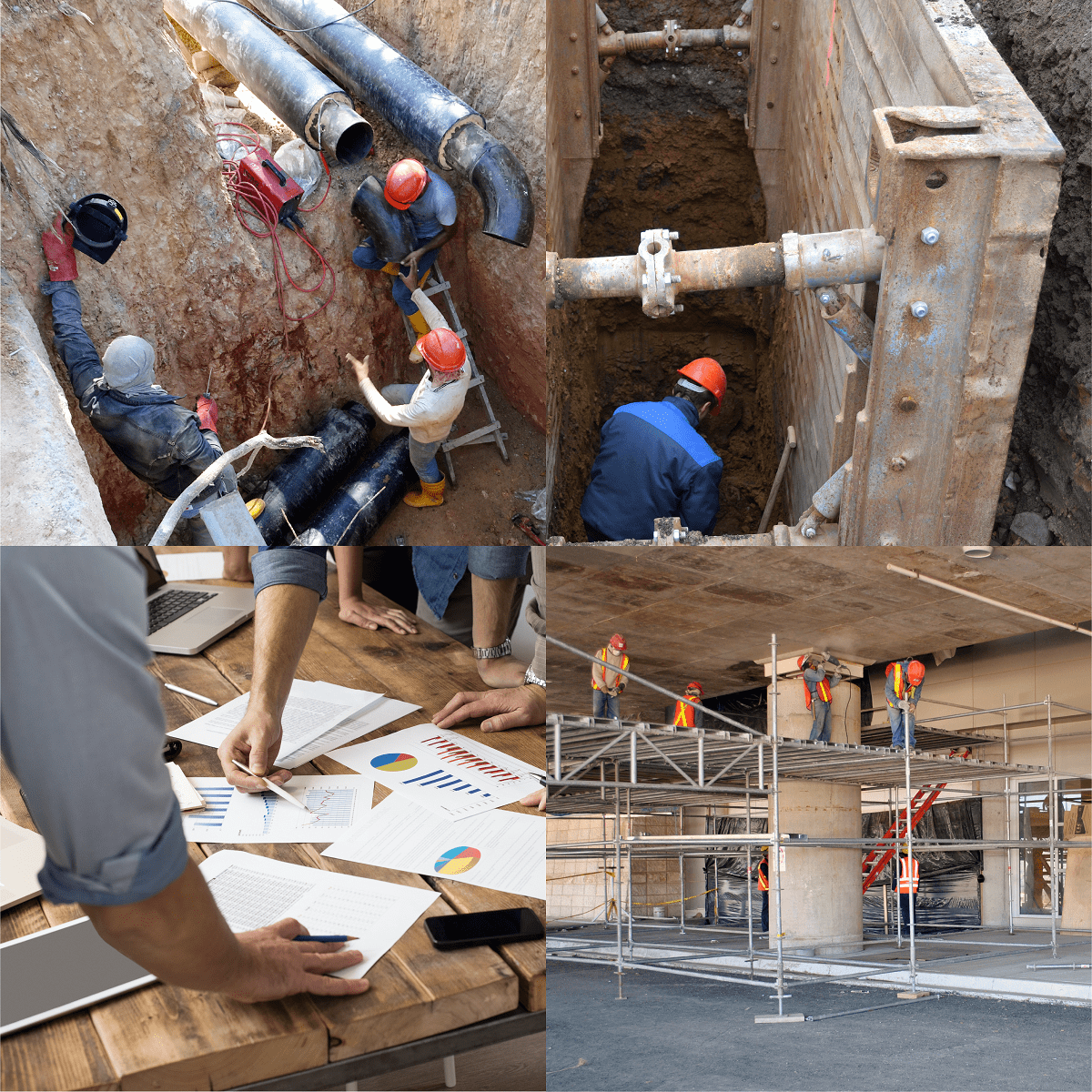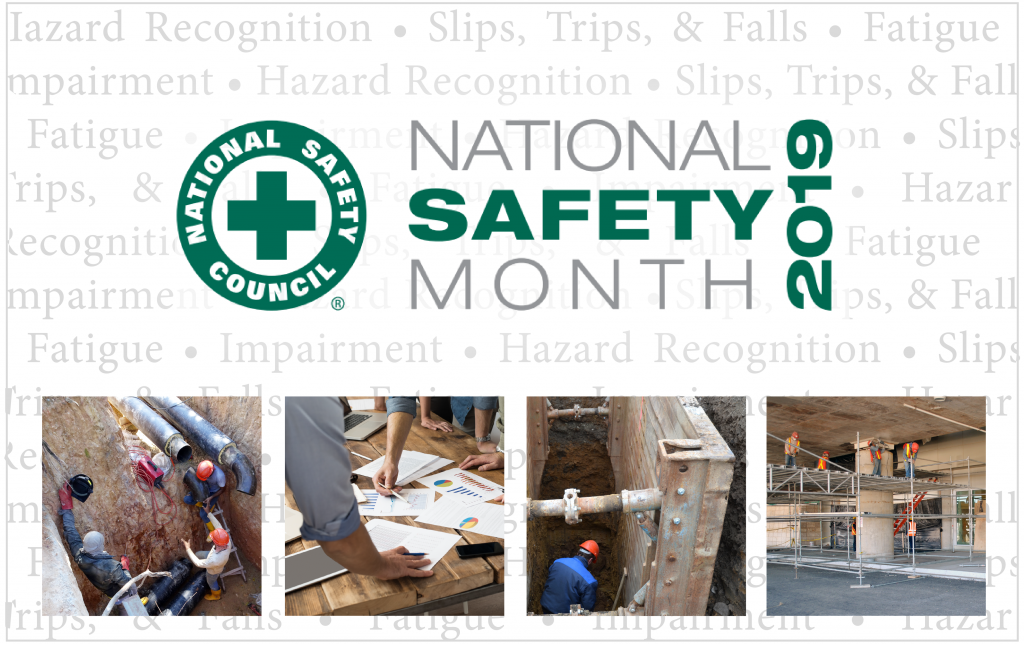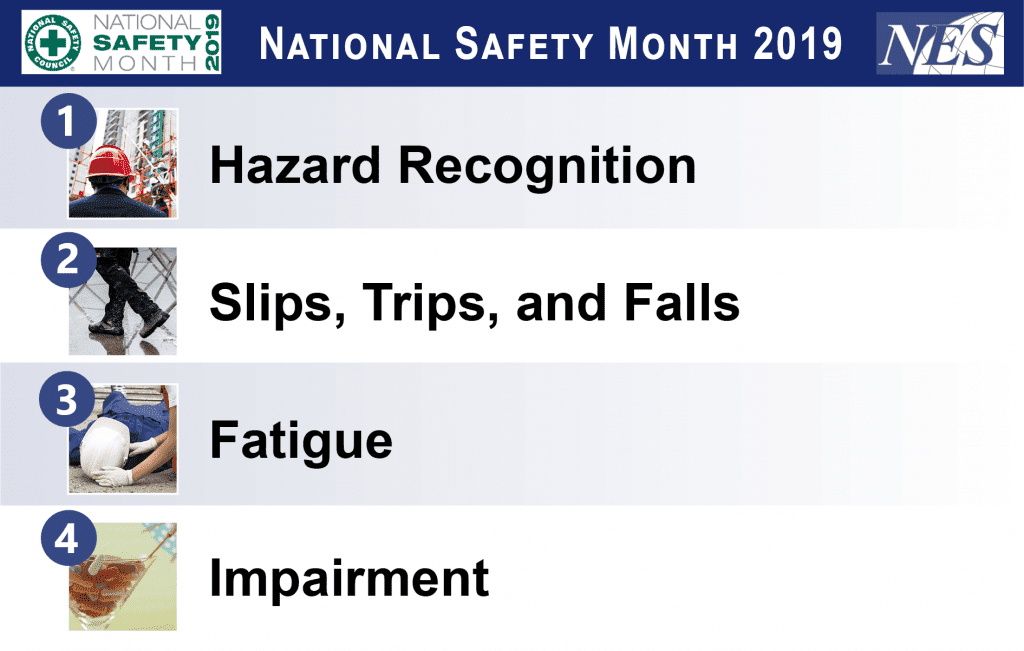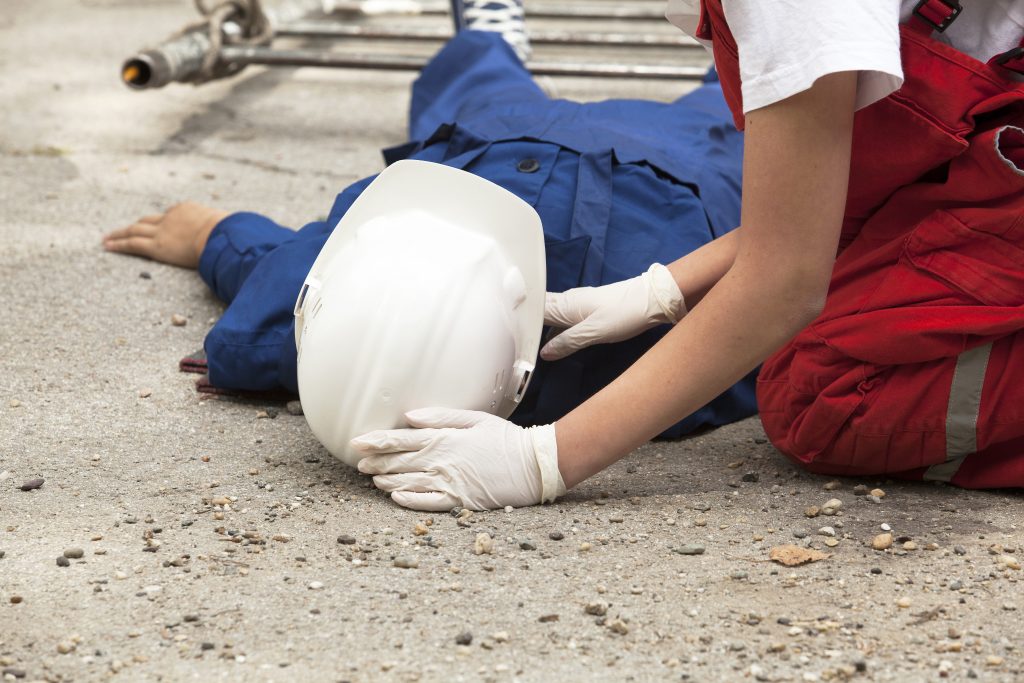
National Safety Month 2019

Written by: Virginia McCormick, NES, Inc.

The topics for National Safety Month 2019 are Hazard Recognition, Slips, Trips, and Falls, Fatigue, and Impairment.
National Safety Month 2019 Begins
In the United States, a worker is injured on the job every seven seconds. This statistic comes from the National Safety Council (NSC), a nonprofit founded in 1913 that seeks to eliminate the third-leading cause of death: unintentional and preventable injuries. NSC promotes its mission through a variety of programs, one of which is National Safety Month.
National Safety Month was first established in 1996 and aims to “increase awareness of the leading safety and health risks and ultimately decrease the number of unintentional injuries and deaths.”
While safety should be practiced throughout the entire year, National Safety Month is a good time for employers and workers to commit to identifying and appropriately addressing preventable injuries in the workplace. Each year, NSC chooses four safety topics to focus on for the month of June. Each week is then dedicated to exploring those topics in detail.
The topics for National Safety Month 2019 are: Hazard Recognition, Slips, Trips, and Falls, Fatigue, and Impairment.

Week 1: Hazard Recognition
One of the biggest causes of workplace injuries and incidents can be traced back to hazards not being identified and dealt with. Hazard recognition may seem simple when it comes to construction or road work sites, but everyday office items and situations such as heavy boxes, open desk drawers, loud noises, and even hot coffee pots are easily ignored and potentially hazardous.
It can become habitual to overlook potential hazards, especially when in a familiar workplace. In order to combat this, NSC recommends that employers and workers endeavor to hone their visual literacy, or their ability to interpret and derive meaning from sight.
In a publication titled Visual Literacy: How “Learning to See” Benefits Occupational Safety, Campbell Institute, an NSC organization devoted to EH&S issues, states that, “being more visually literate allows individuals to perceive and understand more about their work environment, enabling them to see hazards and imagine the potential consequences that can result from those hazards.”
Employers are recommended to evaluate control options for mitigating hazards once they are recognized in the workplace. This is often accomplished using the National Institute for Occupational Safety and Health (NIOSH) “Hierarchy of Controls.”
For more information on hazard recognition and how to implement the NIOSH Hierarchy of Controls, see the April 2019 NES blog post NIOSH’s Hierarchy of Controls.

The fatal injury rate for the construction industry is consistently higher than the national average. Visual literacy training may help in recognizing construction site hazards.
Week 2: Slips, Trips, and Falls
According to OSHA, falls are the leading cause of death in the construction industry; however, slip, trip, and fall hazards can be found in every workplace. The Centers for Disease Control and Prevention (CDC) reports that fatal falls across all industries are, “at their highest levels in the 26 years since the Bureau of Labor Statistics began tracking workplace fatalities.”
For National Safety Month 2019, NSC is focusing on same-level slips, trips, and falls. The potential for these incidents exists when unintended or unexpected changes occur between the feet and the walking surface. Some examples include loose rugs, items blocking pathways, and wet walking surfaces.
The best way to prevent these hazards is to practice good housekeeping. Employees are much less likely to slip and fall at the jobsite when floors are kept clear of debris, mats are secured and lying flat on the ground, and working areas and pathways are well-lit.
Additionally, employers must make sure they are providing access to adequate personal protective equipment that may mitigate the risks of slips, trips, and falls for their employees. According to CDC, food services workers who were given 5-star-rated slip-resistant shoes by their employers saw a 67% reduction in slip injuries over workers who brought their own slip-resistant shoes.
Week 3: Fatigue
Often used to describe a lack of energy or overall tiredness, fatigue is more than just feeling drowsy. Fatigue interferes with normal daily activities and can have serious impacts on workplace health and safety. NSC estimates that 13% of workplace injuries can be attributed to fatigue.
Fatigue typically comes from not getting enough sleep, which the National Sleep Foundation specifies is seven to nine hours each night for adults. According to CDC, a third of adults in the U.S. report that they usually do not get this recommended amount of sleep.
For National Safety Month 2019, NSC recommends the mnemonic A.C.E.S. to those suffering from poor sleep. A.C.E.S. stands for:
Alcohol: can interrupt sleeping patterns and cause various additional sleep issues such as snoring and sleep apnea; although alcohol can cause initial drowsiness, the sleep that comes with it is less restful overall
Caffeine: to be avoided altogether before bedtime, with some research suggesting that even one cup of coffee six hours before bedtime had “significant effects on sleep disturbance”
Environment: should promote relaxation and sleeping through maintaining low-light levels, comforting smells, and a cool temperature; by creating a sleep-friendly environment, deep sleep is easier to attain
Screens: can prevent the body from producing melatonin, a hormone that aids in relaxation and sleep; it is best to turn off the television and put down the cell phone at least 30 minutes before bed

Fatigue and impairment – both of which are National Safety Month 2019 topics – can be detrimental on the jobsite.
Week 4: Impairment
NSC closes out National Safety Month 2019 with impairment. Impairment can be caused by substances and situations that may impede a worker by producing serious barricades to workplace safety that may lead to dangerous situations. In order to stay safe at work, workers need to be healthy and focused.
Worker impairment can come in many unexpected forms and can be situational, such as exposure to extreme temperatures or cases of workplace harassment; however, the most common workplace impairments come from alcohol abuse and drug misuse.
Alcohol impairment starts with the first drink and can have consequences long after the last drink, especially in the workplace. According to the Substance Abuse and Mental Health Services Administration, 8.7% of America’s full-time workers drink heavily on the job at least once a month. The same study found mining and construction to be the industries with the highest rates of heavy-drinking employees.
While cannabis is becoming increasingly decriminalized and legalized for recreational and medicinal use across the U.S., the use of the drug is raising new safety concerns in the workplace. Additionally, many prescription drugs like opioids can impair employees’ abilities to work or drive safety. And with high rates of opioid overdose deaths occurring in physically demanding industries, employers are encouraged to reach out to their employees if they suspect drug misuse is occurring on or off the worksite.
For more information on opioid abuse in the workplace, see the May 2019 NES blog post The Rise of Workplace Opioid Abuse.
For National Safety Month 2019, NSC is recommending use of its Substance Use Employer Calculator. Using the calculator, employers can more accurately estimate the, “cost of substance use in their workplace based on size of employee base, industry and state.”
Participating in National Safety Month 2019 with NSC and NES
Employers and workers can take important steps toward staying safe this month and all year long by using the information above and by downloading and sharing free NSC National Safety Month 2019 safety materials such as posters, tip sheets, and relevant articles.
NSC also encourages employers and workers to take the Safe At Work Pledge. Those who take the pledge promise to always prioritize safety on the jobsite, actively recognize and deal with hazards appropriately, and strive to become good safety role models – even when off the clock.
NES can help your business or agency with its training or consulting needs to help promote safer workplace environments (view our open enrollment training page by clicking here). For more information about our environmental health & safety training and consulting capabilities, contact NES at 916-353-2360 / 1-800-NES-ADVISE (1-800-637-2384) or office@nesglobal.net.
References:
National Safety Council: Workplace Injuries
Substance Use Employer Calculator
OSHA: Recommended Practices for Safety and Health Programs
Worker Safety Series: Construction
The Campbell Institute: Visual Literacy
Visual Literacy: How “Learning to See” Benefits Occupational Safety
Centers for Disease Control and Prevention: Hierarchy of Controls
Celebrate National Safety Month
Slip-resistant Shoes Reduce Food Services Worker Slip Injuries
Safety+Health Magazine: Prevent same-level slips, trips, and falls
National Sleep Foundation: How Much Sleep Do We Really Need?
PubMed.gov: Caffeine effects on sleep taken 0, 3, or 6 hours before going to bed
Substance Abuse and Mental Health Services Association: Substance Use and Substance Use Disorder by Industry
